Grow Carrots at Home: Your Guide to a Delicious Harvest
Have you ever dreamed of biting into a crisp, sweet carrot you grew yourself, straight from your garden? Well, dream no more! This article is your ultimate guide to Grow Carrots at Home, revealing simple yet effective DIY tricks and techniques to cultivate these vibrant orange root vegetables in your own backyard, balcony, or even window box. Growing your own food is incredibly rewarding, connecting you directly to the source of your meals and offering a sense of accomplishment that’s hard to match.
The history of carrots is fascinating! While the orange carrot we know and love is a relatively recent development (popularized in the 17th century), carrots have been cultivated for thousands of years, originally appearing in various colors like purple, yellow, and white. Learning to grow carrots at home allows you to tap into this rich agricultural heritage, bringing a piece of history to your own kitchen garden.
Why Grow Your Own Carrots?
Beyond the historical connection, there are many compelling reasons to embark on this rewarding journey. Store-bought carrots, while convenient, often lack the intense flavor and freshness of homegrown varieties. Plus, you have complete control over the growing process, ensuring your carrots are free from pesticides and herbicides. This DIY approach not only provides healthier, tastier carrots but also offers a fantastic opportunity to connect with nature and enjoy the therapeutic benefits of gardening. This article will equip you with the knowledge and confidence to successfully grow carrots at home, no matter your experience level.
So, let’s get our hands dirty and discover the secrets to a bountiful carrot harvest! From soil preparation to pest control, we’ll cover everything you need to know to enjoy the sweet taste of success.
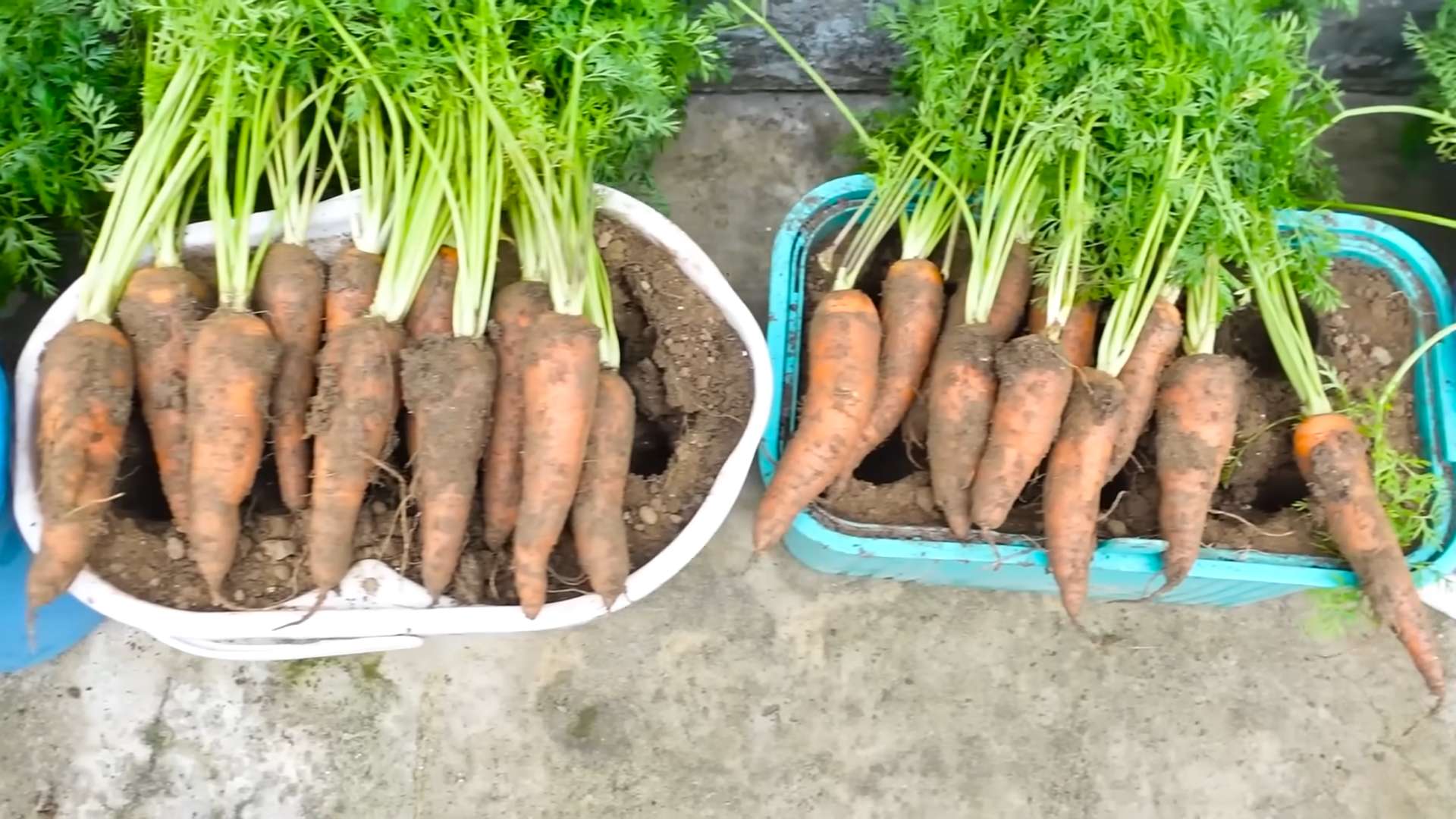
Growing Carrots at Home: A Complete Guide
I’ve always loved the sweet crunch of a freshly picked carrot, and nothing beats the satisfaction of growing your own. It might seem daunting at first, but trust me, growing carrots at home is easier than you think! This guide will walk you through the entire process, from seed to harvest.
Choosing Your Carrot Seeds and Location
- Select the right carrot variety: There are tons of options! Consider Nantes carrots for their classic shape and sweetness, or Chantenay for their shorter, wider shape, which is great for smaller gardens. Choose an open-pollinated variety for saving seeds in future years.
- Source high-quality seeds: Look for reputable seed companies or garden centers. Fresh seeds will give you the best germination rates.
- Find a sunny spot: Carrots need at least six hours of sunlight per day. Choose a location in your garden that receives plenty of sun.
- Prepare the soil: This is crucial! Carrots need loose, well-drained soil that’s free of rocks and stones. Compacted soil will result in misshapen, stunted carrots. Amend heavy clay soil with plenty of compost or other organic matter to improve drainage and texture. Sandy soil might need the addition of peat moss or other organic matter to retain moisture.
Sowing Your Carrot Seeds
- Prepare the seedbed: Loosen the soil to a depth of at least 12 inches. Remove any rocks or debris. You can use a garden fork or a tiller for this step. For a really smooth seedbed, consider using a flat-bottomed hoe to level the surface.
- Sow the seeds: Carrot seeds are tiny! It’s best to mix them with a little bit of sand to help distribute them evenly. Sow the seeds about 1/4 inch deep and 1-2 inches apart. Don’t plant them too deep, or they might not germinate. If you’re planting in rows, space the rows about 12 inches apart.
- Gently cover the seeds: After sowing, lightly cover the seeds with soil. Don’t press down too hard, as this can compact the soil and hinder germination.
- Water gently: Use a gentle spray of water to avoid dislodging the seeds. Keep the soil consistently moist but not soggy during germination.
- Label your rows: This is important, especially if you’re planting multiple varieties. Use plant markers to identify each row.
Carrot Care: Thinning and Weeding
- Thinning: Once the seedlings have developed their first true leaves (the leaves after the initial cotyledons), it’s time to thin them. This means removing some of the seedlings to give the remaining plants enough space to grow. Thin to about 2-3 inches apart. You can gently pull out the extra seedlings or use small scissors to snip them off at the soil line.
- Weeding: Regularly remove weeds, as they compete with your carrots for water and nutrients. Hand weeding is best to avoid damaging the carrot roots.
- Watering: Keep the soil consistently moist, especially during dry periods. Consistent moisture is key to preventing cracking and promoting straight root growth. Avoid overhead watering, which can lead to fungal diseases.
- Pest and disease control: Carrots are relatively pest-resistant, but they can be susceptible to carrot root flies and other pests. Use row covers to protect your plants, or consider companion planting with herbs like rosemary or thyme, which can deter pests.
Harvesting Your Homegrown Carrots
- Check for maturity: Carrots are typically ready for harvest in 70-80 days, depending on the variety. You can gently pull on a few carrots to check their size and maturity. If they’re firm and the desired size, they’re ready.
- Harvesting: Use a garden fork or trowel to carefully loosen the soil around the carrots. Gently lift them out of the ground, being careful not to damage the roots. If you encounter any stubborn carrots, use a small hand trowel to loosen the soil further.
- Cleaning: Brush off any excess soil from the carrots. You can wash them thoroughly later, but it’s best to remove the loose dirt first.
- Storing: Store your freshly harvested carrots in a cool, dark, and humid place. You can store them in a plastic bag in the refrigerator for up to a week or two, or you can store them in a root cellar for longer storage.
Troubleshooting Common Carrot Growing Problems
Forked Carrots:
Forked carrots are usually caused by rocky or compacted soil. Make sure to prepare your soil thoroughly before planting.
Small Carrots:
Small carrots can result from overcrowding, insufficient nutrients, or lack of water. Ensure proper spacing during thinning, and provide adequate fertilization and watering.
Carrot Root Flies:
Carrot root flies can cause significant damage. Use row covers to protect your plants, or consider companion planting with herbs that repel pests.
Diseases:
Good soil drainage and proper spacing will help prevent many fungal diseases. Avoid overhead watering to minimize the risk of fungal infections.
Remember to enjoy the process!
Growing your own carrots is a rewarding experience. Don’t be discouraged if you don’t get perfect carrots on your first try. With a little patience and attention to detail, you’ll be enjoying delicious, homegrown carrots in no time!
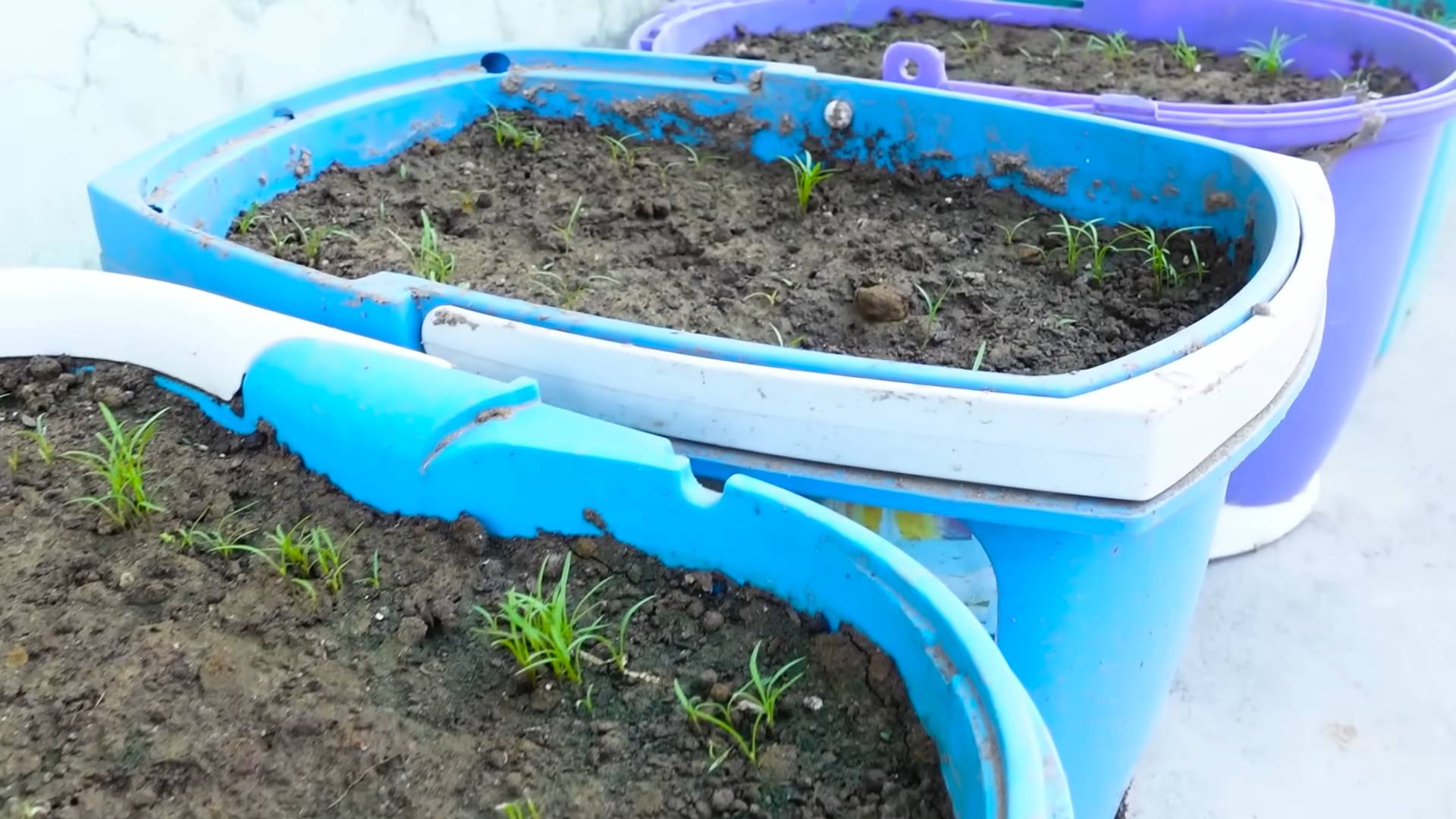
Conclusion
Growing your own carrots at home is a surprisingly rewarding experience, far more accessible than you might think. This DIY trick offers a level of freshness and flavor unmatched by store-bought carrots, allowing you to savor the sweet, crisp taste of a carrot you’ve nurtured from seed to harvest. Beyond the superior taste, growing your own carrots connects you to the food you eat, fostering a deeper appreciation for the natural world and the processes involved in bringing food to your table. The satisfaction of pulling a perfectly formed, vibrant orange carrot from your own garden is unparalleled. This simple, yet effective method makes homegrown carrots a realistic goal for even the most novice gardener, proving that a bountiful harvest isn’t just for experienced green thumbs. It’s a project that the whole family can enjoy, from planting the seeds to enjoying the delicious results. You’ll be amazed at how easy it is to transform a small patch of soil into a thriving carrot patch, providing a continuous supply of fresh, healthy carrots throughout the growing season.
Don’t limit yourself to the basic method outlined. Experiment with different carrot varieties to discover your favorites – from the classic Nantes to the longer Imperator, each offers a unique flavor and texture. Consider companion planting; herbs like rosemary and thyme can deter carrot rust flies, ensuring a healthy crop. If space is limited, try growing carrots in containers – even large pots can yield a satisfying harvest. For those with particularly sandy soil, adding compost will improve drainage and provide essential nutrients. And remember, even if your first attempt isn’t perfect, the learning process is part of the fun! Each harvest brings valuable experience, allowing you to refine your technique and achieve even better results in the future. Embrace the imperfections, celebrate the successes, and enjoy the journey of growing your own delicious carrots.
So, what are you waiting for? Grab some seeds, prepare your soil, and embark on this rewarding adventure. Growing your own carrots is more than just a gardening project; it’s a connection to nature, a source of healthy, delicious food, and a deeply satisfying experience. Share your carrot-growing journey with us! Post pictures of your thriving carrot patch and your delicious harvest on social media using #HomegrownCarrots and #DIYGardening. We can’t wait to see your success stories and learn from your experiences. Let’s inspire each other to grow more of our own food and enjoy the fruits (or should we say, roots?) of our labor!
Frequently Asked Questions
Q: What type of soil is best for growing carrots?
Carrots thrive in loose, well-drained soil that is free of rocks and stones. Heavy clay soil can hinder root development, resulting in stunted or misshapen carrots. Sandy loam is ideal, but you can amend heavier soils by adding plenty of compost or other organic matter to improve drainage and aeration. The soil should be relatively fertile, but avoid using excessive amounts of nitrogen fertilizer, as this can lead to leafy tops and small roots.
Q: How much sunlight do carrots need?
Carrots need at least six hours of direct sunlight per day to grow properly. Choose a sunny location in your garden or select a spot that receives ample sunlight throughout the day. Insufficient sunlight can result in poor growth and reduced yields. If you have limited sunlight, consider using grow lights to supplement natural sunlight, especially during the early stages of growth.
Q: When is the best time to plant carrot seeds?
The best time to plant carrot seeds is in the spring or fall, depending on your climate. In cooler climates, spring planting is ideal, allowing the carrots to mature during the warmer months. In warmer climates, fall planting can be beneficial, as the cooler temperatures promote slower growth and prevent bolting (premature flowering). Always check your local frost dates to determine the optimal planting time for your region.
Q: How long does it take for carrots to mature?
The time it takes for carrots to mature depends on the variety and growing conditions. Most carrot varieties take between 70 and 80 days to reach maturity, but some varieties may take longer or shorter. Check the seed packet for specific information on the expected maturity time for your chosen variety. Proper soil preparation and adequate sunlight will contribute to faster growth.
Q: What are some common problems when growing carrots?
Some common problems when growing carrots include carrot root flies, which can damage the roots, and diseases such as leaf blight and root rot. Proper soil preparation, crop rotation, and companion planting can help prevent these issues. Regularly inspect your plants for signs of pests or diseases and take appropriate action if necessary. Maintaining proper soil moisture levels is also crucial to prevent root rot.
Q: Can I grow carrots in containers?
Yes, you can grow carrots in containers, provided they are deep enough to accommodate the full length of the carrot roots. Choose containers that are at least 12 inches deep and wide enough to allow for adequate spacing between plants. Use a well-draining potting mix and ensure the containers receive sufficient sunlight. Container-grown carrots may not be as large as those grown in the ground, but they still provide a delicious and convenient harvest.
Q: What should I do with my harvested carrots?
Once harvested, carrots can be stored in a cool, dark, and humid place for several weeks. You can also store them in the refrigerator for a longer period. For longer-term storage, consider freezing or canning your carrots to preserve their freshness and flavor. Enjoy your homegrown carrots in salads, soups, stews, or as a delicious snack!


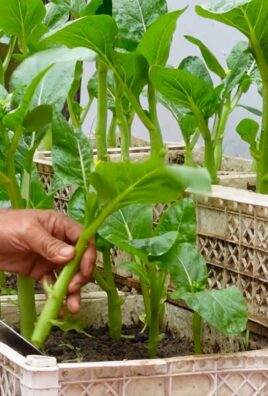
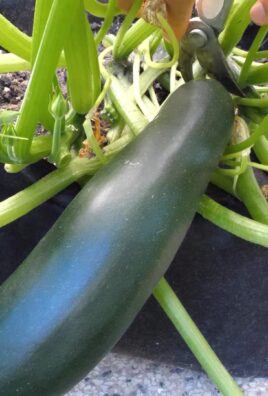
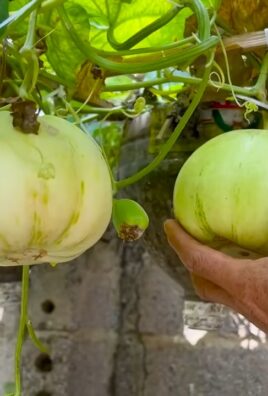
Leave a Comment